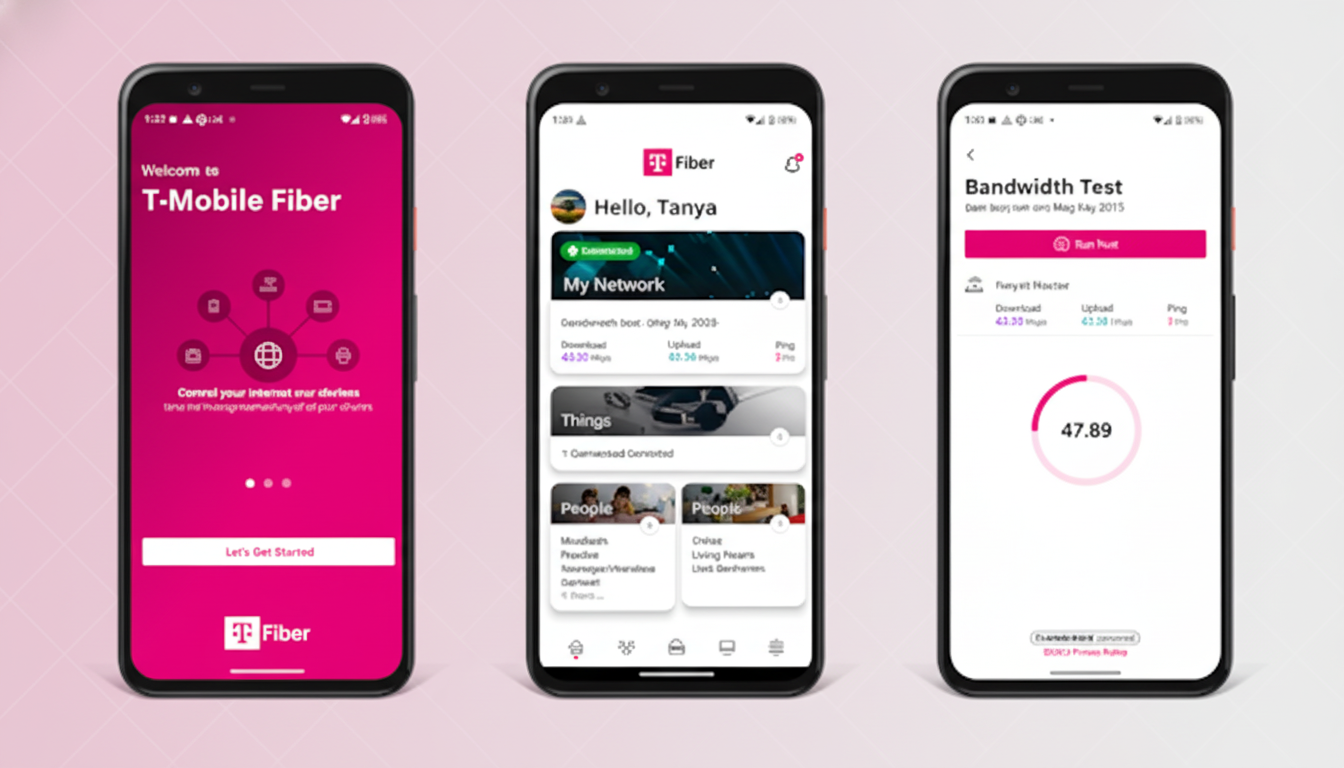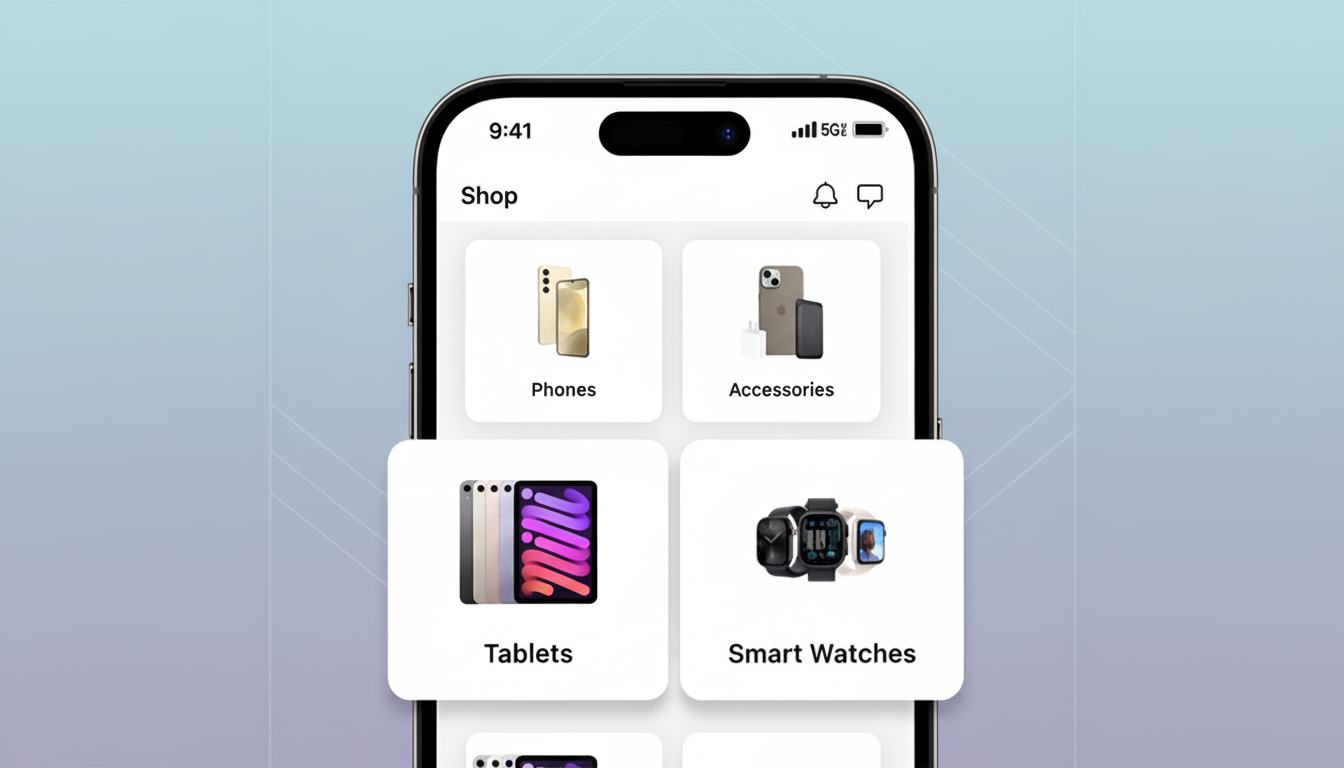I approached my latest number transfer already prepared for chaos. Transitioning from an iPhone to an Android — or at least one with eSIMs already in place — has always seemed like a recipe for frustration after hearing hold music, reciting IMEI codes and getting a stern talking-to to take your phone into a store. Instead, the in-app flow for one carrier made what felt like it might be a slog into an easy, five-minute process.
I Was Surprised by the Ease of Transferring eSIM
It happened thanks to T-Mobile’s app, which now builds eSIM management into a guided process. I accessed the app and selected Management, then followed that by selecting the line I was hoping to migrate; after a tap of SIM transfer or activation, I went through prompts. The app prompted for the destination phone’s IMEI and EID, established my identity with two-factor authentication and pushed a fresh eSIM profile. A few text messages later, it did light up on the new device.

On a few phones, I still had to flip the new line switch on in settings, but there was no call to support, no waiting for a rep and no store visit. And just as significantly, the transition was seamless across the platforms. Apple’s eSIM Quick Transfer can shift lines iPhone-to-iPhone, and carriers like T-Mobile have begun doing cross-platform handoffs through QR codes or app provisioning for Android — a great boon to those hopscotching between ecosystems.
Why eSIM Is Winning And How Carriers Have Changed
eSIM trims hardware and headaches. No tray, phone makers get extra internal space and there’s one less opening for dust and water. Consumers receive the power to store multiple lines on a single device and, for instance, recent iPhones can store multiple eSIM profiles with two being active at any one time. Travelers will be able to add a local plan without having to hunt for plastic or a kiosk.
And critically, carriers have caught up with their tools. Operators have pushed digital onboarding after Apple moved its U.S. iPhone lineup to be eSIM-only. GSMA says hundreds of mobile operators in over 100 countries are now deploying consumer eSIM, and the standard’s SGP.22 has matured. That backend progress is why app-based transfers now feel decidedly less fragile compared to just a few upgrade cycles back.
And this alignment is spreading beyond the big three. T-Mobile’s prepaid brands also offer one-tap eSIM installs, including Mint Mobile, which does away with the need to enter a manual code. Rivals have similar moves in their apps, and device makers are subtly improving setup flows so that you spend less time squinting at 32-digit identifiers and more just using your phone.

Where the eSIM transfer process still trips you up
It’s not perfect yet. With T-Mobile, the phone you’re moving usually has to be active on the network first, which is a clunky requirement if you don’t begin on a Wi-Fi-only device. An option on some accounts only allows eSIM moves from the main account holder. Oh, and yes, typing out lengthy IMEI and EID strings is also still a pain in the derrière when your phone can’t automatically detect them itself.
Security checks have also gotten to be far tighter than in the SIM-swap days — and by design. U.S. regulators rolled out stricter authentication rules for number changes after a spree of SIM-swap fraud. Look for more 2FA prompts, and to enter account PINs as well as the occasional hold-up when something seems fishy. Seems like a small price to pay to keep attackers from porting your number out.
Pro tips for a clean eSIM switch between phones
- Boot both phones to the home screen before you start. Newer firmware can also fix provisioning “bugs”.
- Grab your identifiers first. On iPhone, you can find EID and IMEI by going to Settings > General > About, while on Android they’re generally available under About Phone. Screenshot them to avoid typos.
- Use Wi-Fi during activation. With weak cellular data or signal, the first profile may not download.
- Keep the source line until the destination is fully online. Don’t remove the old eSIM profile until calls and data work on the new phone.
- If your carrier provides a one-tap Install on This Phone button, use it. When available, it populates the EID/IMEI and minimizes failure points.
What this means for switching phones with eSIM
The most important changes are not silicon, but software. The carriers have streamlined a process that used to require popping into a store until it can be done on your couch in minutes. My own switchover between iPhone and Android went from dreaded chores to just regular swaps because of all the in-app provisioning and on-device setup improvements.
There’s room to improve. T-Mobile could eliminate the requirement for an active device and present an Install on This Phone option universally when logging in. In general, carriers should reduce human error in keying and standardize between postpaid and prepaid. But the course is clear: eSIM migration, at last, is catching up to the promise of a completely digital phone switch.
If you’ve held onto a plastic SIM for fear of the unknown, the latest tools are good enough to get you over the edge. Now, with most carrier apps, some switching hoops, and a solid Wi-Fi signal, porting your number to an eSIM no longer seems like picking VR equipment via online roulette.

